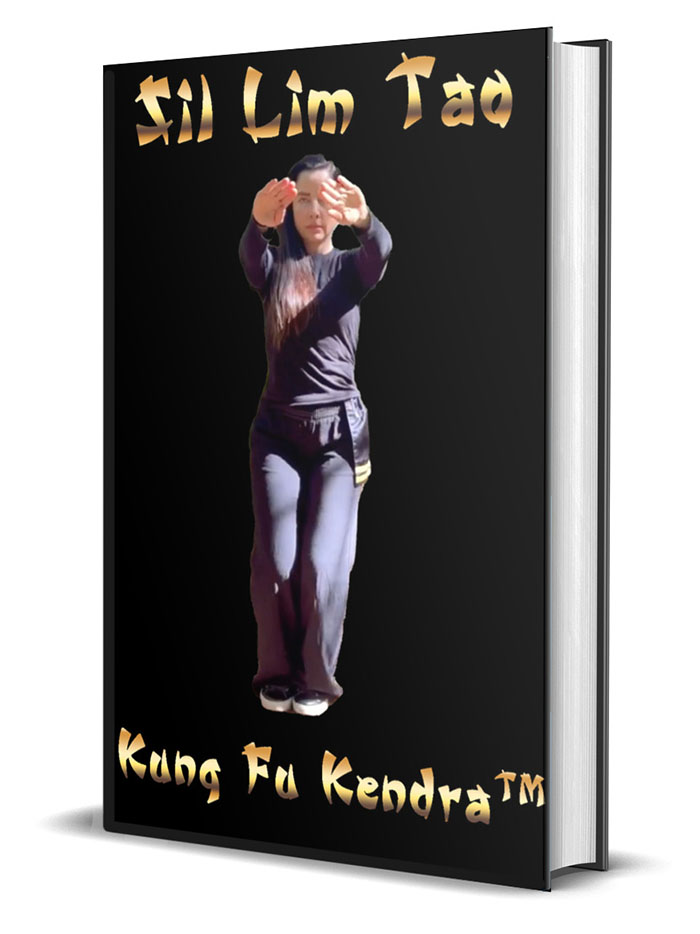Mike Tyson meets Wing Chun: could iron mike survive the wooden dummy?
Mike Tyson’s ferocious reputation as one of the most feared heavyweights in boxing history is built upon explosive power, unmatched aggression, and a style that dismantled many of his opponents in seconds. Yet, the idea of Tyson stepping into a traditional kung fu school, facing the wooden dummy of Wing Chun, sparks a fascinating “what if” for both martial arts and fight enthusiasts. Could Tyson’s raw force and intense fighting spirit translate to mastery in the subtle, structure-driven art of Wing Chun? Or would the very techniques that crowned him a boxing legend falter before the ancient logic of Southern Chinese kung fu?
To answer this question, it’s essential to first appreciate what sets Mike Tyson apart. His peek-a-boo boxing style, popularized by Cus D’Amato, emphasized close-range power, slipping punches, and explosive counterattacks. Tyson’s footwork and head movement enabled him to close the distance and deliver devastating punches from inside the guard—traits that, on the surface, seem surprisingly compatible with the core tenets of Wing Chun. Wing Chun also prioritizes close-quarters combat, economy of motion, quick combinations, and a relentless focus on direct attack through the centerline. In theory, these shared elements might provide Tyson with a technical bridge into Wing Chun practice.
However, the essence of the famous Wing Chun wooden dummy—Muk Yan Jong—represents more than just a training tool. It’s a physical, tactile map of the art’s structural theories, used to sharpen angles, sensitivity, and optimal body mechanics. Wing Chun practitioners spend countless hours developing the ability to trap, control, and neutralize an opponent’s limbs, while simultaneously striking at the most vulnerable points. Where Tyson’s game thrived on overwhelming force and split-second timing, the wooden dummy demands precision, relaxation under pressure, and the use of structure over sheer physicality. The question naturally arises: Would Tyson’s natural attributes empower him to master the nuances, or would they become obstacles, requiring him to unlearn habits developed over a lifetime in the ring?
The hypothetical meeting of “Iron Mike” and Wing Chun’s centuries-old discipline also highlights the philosophical divide between modern combat sports and traditional martial arts. Boxing, and indeed Tyson’s entire approach, is built upon continuous refinement of a narrow but brutally effective toolset. In contrast, Wing Chun’s methodology is holistic, encompassing not just strikes but also redirection, trapping, and upright structural integrity. The wooden dummy, in particular, punishes excessive tension and telegraphed movement—qualities that could stall even an athlete as explosive as Tyson. For Tyson to truly adapt, he would need to cultivate the relaxed power (“song”) Wing Chun demands, focusing on subtle redirection and energy absorption rather than pure offense.
What makes this imagined training scenario captivating isn’t simply the clash of styles, but the potential for mutual transformation. Tyson’s legendary work ethic, adaptability, and keen fight IQ might allow him to internalize new mechanics and blend them with his existing strengths. History is full of fighters who made radical stylistic shifts—though never easy, Tyson could theoretically learn to apply his physical gifts through the unique filter of Wing Chun. On the flip side, Wing Chun training would challenge Tyson to slow down, pay attention to angles and intent, and develop a level of tactile sensitivity foreign to most boxers. This cross-pollination could open new dimensions of efficiency and unpredictability, possibly making even Iron Mike more formidable.
Ultimately, the question “Could Iron Mike survive the wooden dummy?” is less about victory or defeat, and more about the process of skill acquisition, humility, and evolution. Tyson’s success as a fighter came from embracing discomfort, enduring pain, and constantly pushing the boundaries of his craft. These are the very virtues that form the foundation for success in any martial system, traditional or modern. While no one can say for certain how Mike Tyson would fare against the intricate demands of Wing Chun, one thing is clear: the collision of his primal strength and the sophisticated structure of the wooden dummy would not only test Tyson, but also shine a new light on the enduring power and mystery of martial arts.

